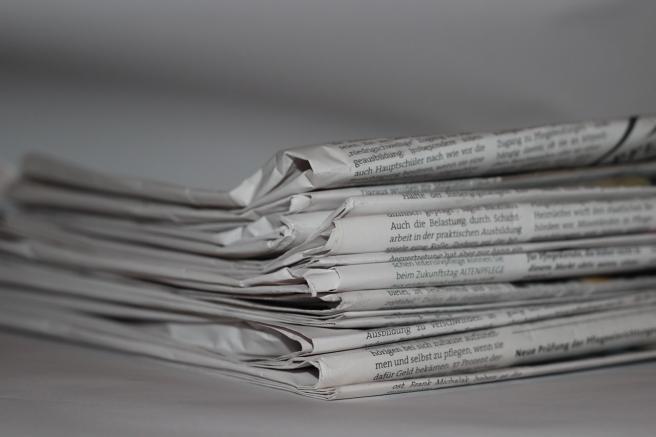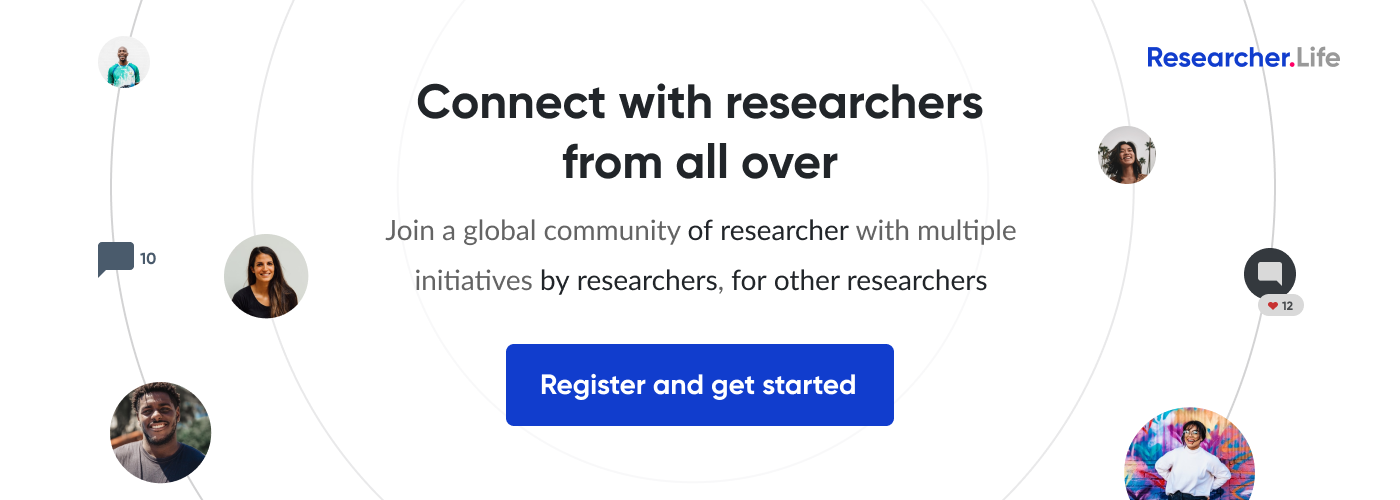Golden rules for scholarly journal editors

[This post is co-authored by Sylwia B. Ufnalska, freelance science translator and editor, Poznań, Poland; and Arjan K.S. Polderman, editor of Pharmaceutisch Weekblad, Den Haag, the Netherlands. The content in this post is reproduced by courtesy of the The European Association of Science Editors (EASE). The original publication can be found here.]
As editors, all of us tend to be extremely busy, so we may sometimes be lost in details and forget about crucial things. Thus it seems useful to draft a list of golden rules to keep in mind what is essential in our work. Editors can stick it on their notice board and learn the rules by heart.
Our initial draft, composed of 7 rules, was discussed on the EASE Forum in May 2014. Consequently, 3 new rules were added (#2, #9, and #10), while 5 rules were specified more clearly (#3, #4, #5, #6, and #7), and we supplemented them with references to further reading. The resultant amended draft was presented at the EASE Conference in Split, Croatia, in June 2014. We are very grateful to all contributors to the discussion of both drafts: Richard Lorch, Ed Hull, Marcin Kozak, Irene Hames, Angela Turner, Norman Grossblatt, Mary Ellen Kerans, Eva Baranyiová, Armen Gasparyan, and other editors.
The final version, endorsed by EASE Council soon after the conference in Split, is shown in the table below. The keywords are marked in bold and we did our best to keep the golden rules short, as we want them to be as simple and useful as possible.
Any comments and remarks are very welcome.
| Golden rules for scholarly journal editors | Notes |
|---|---|
| 1. Be aware of your target audience. | |
| 2. Make instructions to authors simple and understandable, and review them regularly. | In the instructions, authors can be asked to follow EASE Guidelines1 (available in >20 languages) |
| 3. Ensure a fair peer review process (usually with 2-3 reviews, or more if necessary). | See section 4 of Science Editors’ Handbook2 and The golden rules and the peer review good practice checklist3 |
| 4. Pay due attention to ethical issues: data fabrication or manipulation, plagiarism, authorship, conflict of interest, copyright, legislation, etc. | See section 5 of Science Editors’ Handbook2, page 10 of EASE Guidelines1 (publication ethics checklist), and COPE flowcharts4 |
| 5. Respect others; inform authors about progress and delays as soon as possible; do not overburden reviewers and authors. | |
| 6. Do your best to ensure that publications are complete, concise, and clear, with appropriate methods and correct citations. | See sections 1-2 of Science Editors’ Handbook2, reporting guidelines (eg in EQUATOR Network5), and San Francisco Declaration on Research Assessment6 |
| 7. Make sure that abstracts properly summarize essential information (usually: background, objectives, methods, results, and conclusions) and contain major keywords. | See pages 2 & 7 of EASE Guidelines1 |
| 8. Ensure safe long-term storage of publications and documentation of the editorial process. | |
| 9. Develop your journal. | See sections 3 & 6 of Science Editors’ Handbook2 and European Science Editing7 |
| 10. Perfection is impossible to reach, so common sense is necessary. |
Further reading: International Standards for Editors and Authors8, Code of Conduct and Best Practice Guidelines for Journal Editors9, How journals make assertions: An insight into the publishing industry.
References
1. European Association of Science Editors. EASE guidelines for authors and translators of scientific articles to be published in English. 2014. Available from http://www.ease.org.uk/publications/author-guidelines (accessed 24 June 2014).
2. European Association of Science Editors. Science editors’ handbook. 2nd ed. Smart P, Maisonneuve H, Polderman A, editors. 2013. Available from http://www.ease.org.uk/handbook/index.shtml (accessed 24 June 2014).
3. Appendix I to Hames I. Peer Review and Manuscript Management in Scientific Journals: Guidelines for Good Practice. Oxford (UK): Blackwell Publishing & Association of Learned and Professional Society Publishers, 2007. Available from http://media.wiley.com/product_ancillary/94/14051315/DOWNLOAD/app1.pdf (accessed 24 June 2014).
4. Committee on Publication Ethics (COPE) flowcharts. Available from http://publicationethics.org/resources/flowcharts (accessed 24 June 2014).
5. http://www.equator-network.org/home/ (accessed 24 June 2014).
6. http://am.ascb.org/dora/files/SFDeclarationFINAL.pdf (accessed 24 June 2014).
7. http://www.ease.org.uk/resources/journal/archive (accessed 24 June 2014)
8. Committee on Publication Ethics. International Standards for Editors and Authors. Available from http://publicationethics.org/international-standards-editors-and-authors (accessed 24 June 2014)
9. Committee on Publication Ethics. Code of Conduct and Best Practice Guidelines for Journal Editors. Available from http://publicationethics.org/files/Code_of_conduct_for_journal_editors_1.pdf (accessed 24 June 2014)
Published on: Oct 08, 2014
Comments
You're looking to give wings to your academic career and publication journey. We like that!
Why don't we give you complete access! Create a free account and get unlimited access to all resources & a vibrant researcher community.














